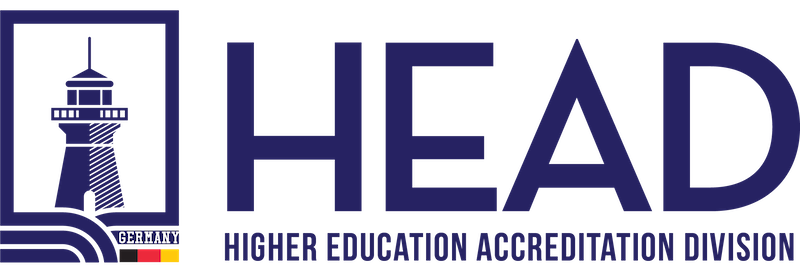Addressing Risks and Seizing Opportunities: A Strategic Approach in Educational Organization Management

Introduction
In the dynamic landscape of education, successful management of educational organizations requires proactive identification and management of risks, as well as the ability to capitalize on emerging opportunities. A robust Educational Organization Management System not only helps in assigning responsibilities and authorities but also plays a crucial role in addressing risks and seizing opportunities. In this article, we will delve into the importance of addressing risks and opportunities within an educational organization and explore effective strategies to navigate them.
Identifying Risks
To effectively address risks, educational organizations must first identify potential threats and challenges. These risks can vary from internal factors such as financial constraints, inadequate resources, or staff turnover, to external factors like regulatory changes, evolving technology, or shifting market demands. By conducting a comprehensive risk assessment, organizations can gain a clearer understanding of the potential pitfalls and vulnerabilities they may face.
Key Strategies for Addressing Risks
- Risk Mitigation and Prevention: Implement measures to mitigate risks by establishing clear policies, protocols, and procedures. These guidelines should outline best practices and ensure compliance with legal and regulatory requirements. Adequate training programs and ongoing professional development can enhance staff awareness and competency, reducing the likelihood of risk occurrence.
- Contingency Planning: Develop contingency plans to effectively respond to unforeseen events. Identify critical areas where disruptions can occur, such as natural disasters or technology failures, and establish contingency measures that minimize impact and facilitate a quick recovery.
- Regular Monitoring and Evaluation: Implement a robust monitoring and evaluation system to continuously assess risks. Regularly review and update risk assessments, adjusting strategies as needed. This allows organizations to stay ahead of emerging risks and take proactive measures to mitigate them effectively.
Seizing Opportunities
In addition to addressing risks, educational organizations should actively seek out opportunities for growth and improvement. Opportunities can arise from various sources, such as emerging educational technologies, changes in student demographics, or collaborations with external partners. Identifying and capitalizing on these opportunities can lead to enhanced student outcomes, improved efficiency, and increased competitive advantage.
Key Strategies for Seizing Opportunities
- Environmental Scanning: Conduct thorough environmental scans to identify emerging trends, market demands, and technological advancements. This enables organizations to anticipate future needs and align their strategies accordingly.
- Collaborative Partnerships: Foster collaborations with other educational institutions, community organizations, or industry partners. Such partnerships can bring forth shared resources, expertise, and innovative ideas, creating new avenues for growth and expanding the organization’s reach.
- Innovation and Adaptability: Foster a culture of innovation and encourage creative thinking among staff members. Encourage experimentation and provide the necessary resources and support for piloting new ideas and initiatives. Embracing adaptability allows organizations to seize opportunities swiftly and stay ahead of the curve.
Conclusion
Addressing risks and seizing opportunities are essential aspects of successful educational organization management. By proactively identifying and managing risks, educational organizations can minimize potential disruptions and maintain operational continuity. Simultaneously, capitalizing on emerging opportunities empowers organizations to innovate, grow, and provide enhanced educational experiences. Implementing strategies such as risk mitigation, contingency planning, environmental scanning, collaborative partnerships, and fostering innovation can pave the way for long-term success in the ever-evolving landscape of education.
As educational organizations continue to adapt to changing circumstances, a comprehensive approach to addressing risks and seizing opportunities will remain crucial in driving positive outcomes and achieving sustainable growth.
Source: HEAD – Higher Education Accreditation Division
Would you like to speak to one of our Higher Education Accreditation Expert? Just submit your details and we’ll be in touch shortly. You can also email us if you would prefer.

